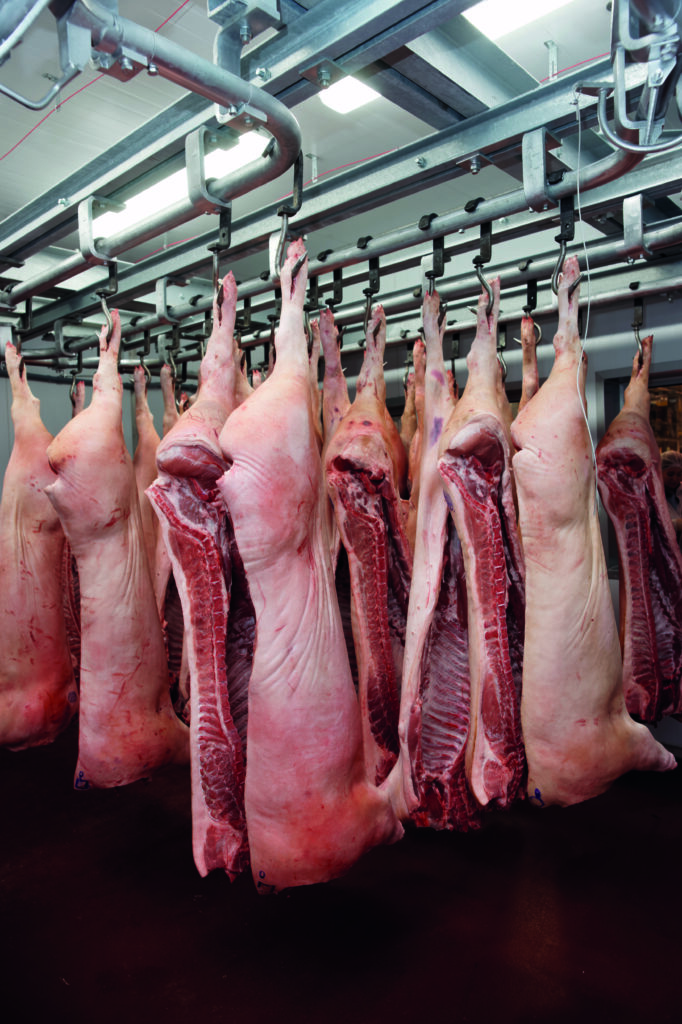The autumn EU Short-Term Outlook for arable crops, meat, and dairy has now been published by the EU Commission.
For pig meat, the EU Commission is forecasting net production in 2017 to fall 1% on the year to just under 23.5 million tonnes (cwe). A 2% drop in slaughterings in the first half of the year has been recorded, forewarned by the reductions in the sow herd over the last two years. Nonetheless, according to the May/June survey, the sow herd has reported a 1% rise in numbers since the same period in 2016, driven by Spain, the Netherlands, and Poland. Hence, the current tightness in supplies is predicted to alleviate at the end of the year, with a 1% rise in production forecast in 2018.

In 2017, cumulative pig meat exports from January to July have fallen 14% year on year, reflecting lower slaughter volumes and weaker international demand for EU product. China remains a key destination for EU pig meat. However, high EU prices combined with a relative weaker US dollar and a drop in Chinese demand has challenged EU trade with China so far this year. Nonetheless, significant increases in trade with Japan and South Korea within the period have partially offset Chinese reductions. As such EU pig meat exports in 2017 are projected to drop by 9% on the year at under 2.6 million tonnes.
Despite the drop in volume, high prices have allowed EU pigmeat exports to remain 2% higher in value year on year for the first seven months of the year. Feed and piglet prices have remained fairly low, thus farmer’s margins have been improving.
Looking forward, the decline in exports in 2017 is anticipated to be somewhat reversed by a 3% increase in exports in 2018, as a consequence of rejuvenated supply. EU pigmeat consumption is forecast to remain fairly stable over the next two years, with a projected rise of 100g to 32.0kg per capita in 2018; the equivalent level observed in 2016.




